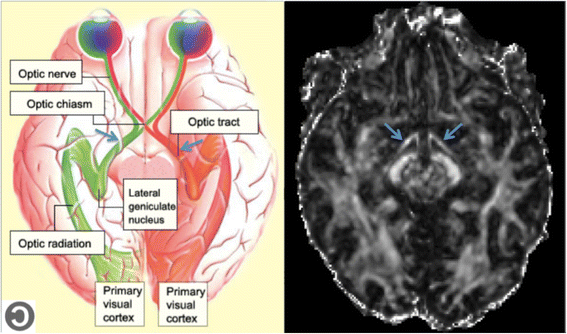
They may even give rise to new parts used in quantum computers. More recently, rare earths have been driving the growth of green technologies, such as wind power and electric vehicles. These metals generate sound waves in your headphones and boost digital data through space. They also help build some of the world’s strongest, most reliable magnets. They relay signals through fiber-optic cables along the seafloor. They fluoresce to signal that euro banknotes are the real deal. For instance, we rely on rare earths to color our smartphone screens. Rare-earth mining is dirty but key to a climate-friendlier futureīut the most outstanding capabilities of rare earths are their luminescence and magnetism. It captures neutrons to control the production of energy by a reactor’s fuel. Nuclear reactors rely on another: gadolinium. The rare earth cerium can serve as a catalyst to process crude oil into a host of useful products. They also have similar chemical properties. Those last two elements tend to occur in the same ore deposits as lanthanides. Also included in the rare earths are scandium (atomic number 21) and yttrium (atomic number 39). Known as lanthanides, they run from lanthanum to lutetium - atomic numbers 57 through 71. And demand for these metals has been skyrocketing.įifteen rare earths make up a whole row on most periodic tables. Called rare earths, these 17 elements are crucial to nearly all modern electronics. That was, of course, fiction.īack here on Earth, in real life, a group of metallic elements has made possible our own technology-driven society. It also became the basis of an intergalactic civilization. This spice granted people the ability to navigate vast expanses of the cosmos. Mining a precious natural substance called spice melange was a driving theme in that epic space saga.
#Thebrain mcgill ca series
Authors will be notified whether their submission will be accepted or not by June 30, 2023.The first volume of Frank Herbert’s Dune series debuted back in 1965. The deadline for submission is June 7, 2023.Ībstracts will be reviewed by the scientific program committee. Abstracts should contain: 1) name of author & affiliation, 2)name of co-authors & affiliation, 3) title of abstract, 4) abstract. Please submit your abstract of less than 500 words HERE. The scientific presentations are intended to ignite discussion, collaboration, and connection.

The poster session will take place in-person during the cocktail. Researchers and trainees at the undergraduate, graduate, and postdoctoral level are invited to present their work. Researchers and students have the opportunity to share their ideas and research during the Gradients of Brain Organization Workshop.

In this manner, we hope to stimulate discussions on how gradients are changing our understanding of brain organization and to initiate fellow researchers to this burgeoning field.Ĭall for Posters Sharing Science and Knowledge In this pre-OHBM workshop, held on July 21, 2023, we will bring together outstanding junior and senior scientists to discuss the challenges and opportunities afforded by this emerging perspective.Įarly career researchers will take centre stage for a series of talks on state-of-the-art development and application of gradient approaches, while a diverse range of established scientists from across the globe will chair the proceedings. Identification and analysis of cortical gradients provides a framework to study brain organization across species, to examine changes in brain development and aging, and to more generally study the interrelation between brain structure, function and cognition. Recent years have seen a rise of new methods and applications to study smooth spatial transitions - or gradients -of brain organization. To visit the Gradients website, click here.


 0 kommentar(er)
0 kommentar(er)
